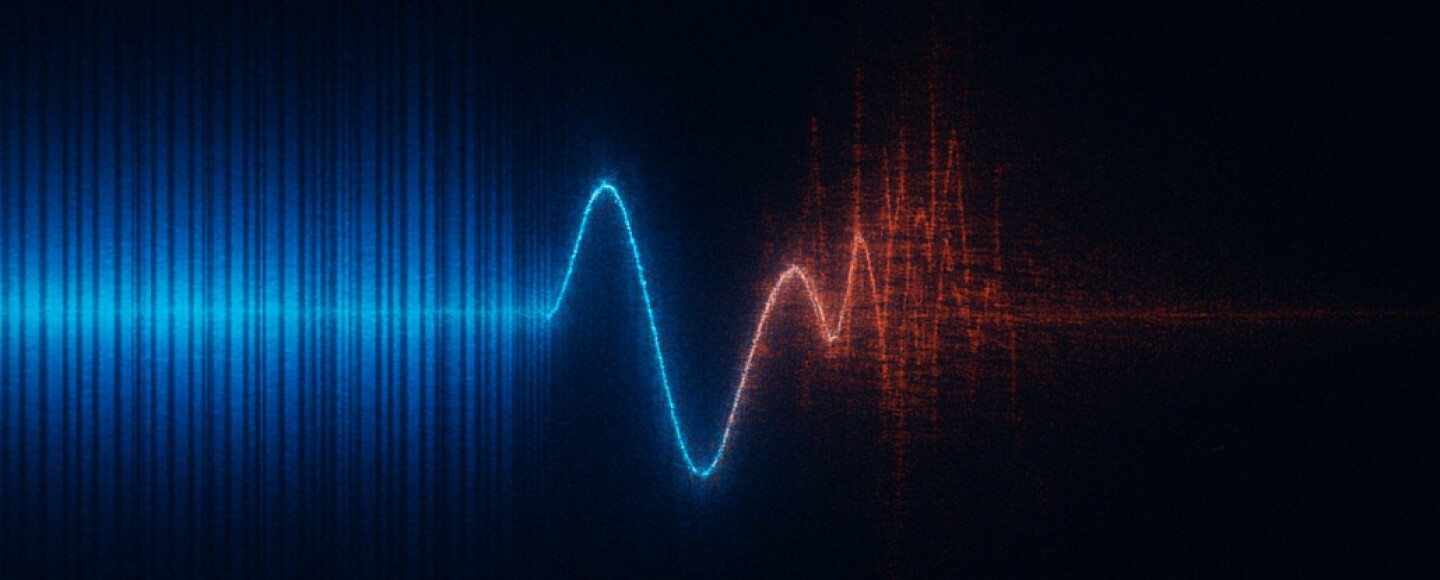Why This Matters
Public media reaches every corner of the country — from big cities to the smallest towns. And it does it on a shoestring.
Less than one-hundredth of one percent of the federal budget goes to public media. That tiny investment helps fund hundreds of local radio stations that keep communities informed, connected, and inspired.
Here’s why it works:
- For every $1 in federal funding, stations raise $7 locally
- In rural areas, that federal support can make up 30–50% of a station’s budget
- The funds go directly to stations — not to NPR or PBS — and help pay nearly 10,000 people, including over 3,000 journalists working in local newsrooms
The money flows through the Corporation for Public Broadcasting (CPB) — a nonprofit created by Congress in 1967 to keep public media free, independent, and accessible to everyone. For over 50 years, both Democrats and Republicans have supported this smart, public-private partnership.
Now, that support is under threat. And without it, hundreds of stations — especially in rural and underserved communities — could go dark.
What would it mean for WFDD if federal funding goes away?
Federal funding via grants through the Corporation for Public Broadcasting (CPB), accounts for about 7% of WFDD’s budget — roughly $300,000. Losing this support would require tough decisions, including more fund drives, budget cuts, and program reductions. That could mean less local coverage, losing beloved programs like Fresh Air ($20,000/year), eliminating weekend programming ($40,000/year), cutting classical music ($22,000/year), or scaling back our Hive Education program ($60,000/year). It also covers streaming music costs through the CPB grant.
WFDD would survive, but our ability to serve you would be compromised. Smaller, rural stations, which rely even more on CPB funding, might not survive at all — leaving entire communities without access to news or emergency alerts.
What can you do?
Sign up for Protect My Public Media.
This is a network of Americans dedicated to protecting local public television and radio stations and the programming and services they provide.

